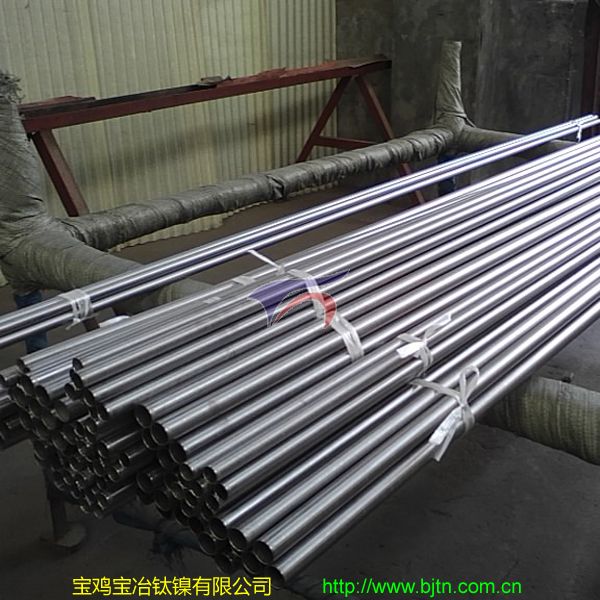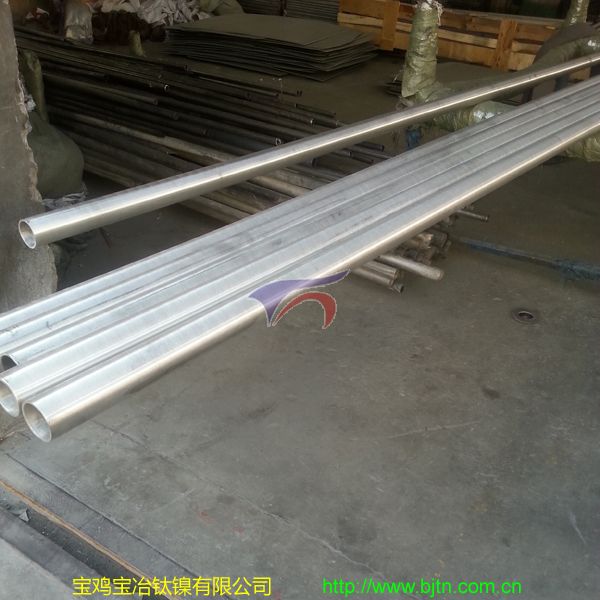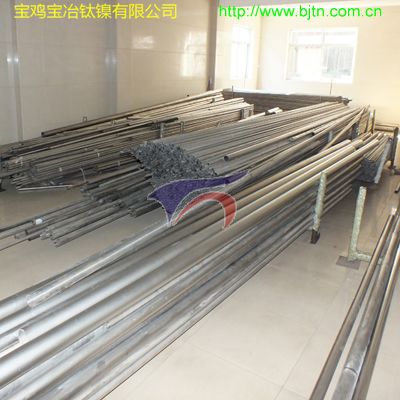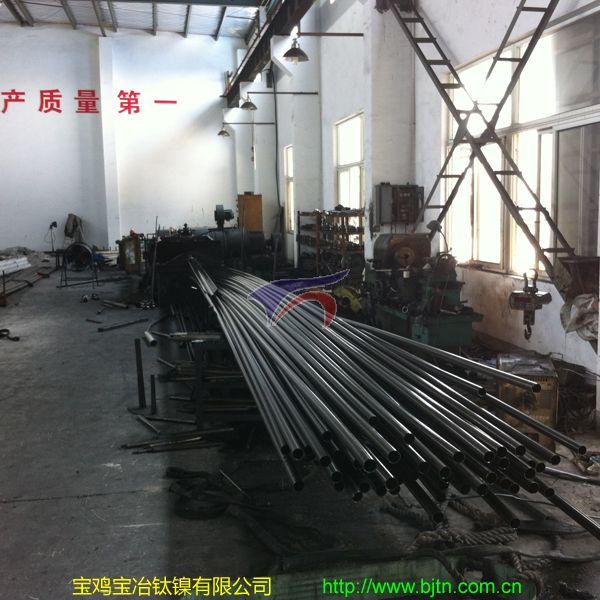Description: Titanium alloy plate editLack of overview, this entry card figure, add more complete, relevant content to make entry also can rapid upgrade, hurriedly to edit!Chinese Titanium alloy plate foreign names Titanium alloy plate gb brand: TA7, TA9, TA10 TC4 gauge, 0.5 1.0 mm x W1000mm x L Tdirectory1 titanium alloy plate production2 titanium alloy plate production specifications3 titanium alloy plate production status4 titanium alloy plate manufacturing process5 titanium alloy plate standards6 reference standard7 technical requirements8 alloyingTitanium alloy plate production of editingNational standard grades: TA7, TA9, TA10, TC4, TC4ELITC4, TC6 and TC9, TC10 and TC11, TC12 beauty sign no. :, GR5, GR7, GR12Titanium alloy plate production specification editor0.5 1.0 mm x W1000mm x L T 2000-3500 - mm1.0 5.0 mm x W1000 T - 1500 - mm 2000-3500 - mm x LT 5.0-30 mm x W1000-2500 - mm 3000-6000 - mm x LT - 80 - mm x 30 W1000mm L x 2000 mmEdited by titanium alloy plate production statusHot working state (R) cold state annealed state (M) (Y)Titanium alloy plate manufacturing process editorHot forgingHot rolledCold rolledannealingpicklingTitanium alloy plate executive standard editorNational standard: GB / 3621-20010, GB/T13810-20010American standard: ASTM B265, ASTM F136, AMS4928Reference standard editorMethod 1:228 GB metal tensile experiment2: GB/T 3620.1 titanium and titanium alloy grades and chemical composition3: GB/T3620.2 titanium and titanium alloy processing product chemical composition and allowable deviation4:4698 GB to the surface of the titanium, titanium and iron alloy chemical analysis methodTechnical requirements for editing1: the chemical composition of titanium and titanium alloy sheet should be consistent with the provisions of GB/T 3620.1, the buyer the reinspection, the chemical composition of the deviation should be allowed to meet the provisions of GB/T 3620.2.2: the thickness of the plank of deviation should be allowed to meet the provisions of the table 1.3: plate width and length of deviation should be allowed to meet the provisions of the table 2.Sheet 4: the Angle should be cut at right angles. As far as possible when cutting Angle should be no more than allow the plate length and width of the deviationAlloying editorTitanium alloy is based on titanium to join other alloy elements.Titanium has two homogenous different crystal: under 882 ℃ to close the six-party alpha titanium structure, above 882 ℃ for body centered cubic beta titanium.Alloying elements according to their influence on phase change temperature can be divided into three categories:(1) a stable alpha, increase the temperature of the phase transition element for alpha stable elements, such as aluminum, carbon, oxygen and nitrogen.Including aluminum titanium alloy main alloy elements, it is to improve the alloy at room temperature and high temperature strength, reduce weight, increasing the elastic modulus have obvious effect.(2) stable beta phase, to reduce the phase transition temperature elements for beta stable elements, and can be divided into two isomorphous and eutectoid type.The application of titanium alloy productsThe former are molybdenum, niobium, vanadium, etc.;The latter has a chromium, manganese, copper, iron, silicon, etc.(3) the phase transition temperature impact elements to neutral elements, such as zirconium, tin. Oxygen, nitrogen, carbon and hydrogen is the main impurity of titanium alloy.Oxygen and nitrogen in the alpha phase has larger solubility, to strengthen titanium alloy has a significant effect, but it is plastic.Usually prescribed titanium content of oxygen and nitrogen in under 0.15 ~ 0.2% and 0.04 ~ 0.05% respectively.Hydrogen in the alpha phase solubility is small, dissolve excess hydrogen yield in titanium alloy hydride, alloy become fragile.Usually controlled under 0.015% hydrogen content in titanium alloys.The dissolution of hydrogen in titanium is reversible and can be removed using a vacuum annealing.[1]
Related Product




